
by Gideon Marcus
Tinsel Town
Last weekend, the world's greatest stars and movie-makers assembled in Santa Monica for the annual celebration of the best the silver screen has to offer. It was a cavalcade of prominent names, from Sidney Poitier to Lee Remick to Julie Christie to Omar Sharif. Some of the contestants were unfamiliar (Herb Alpert has a short animated film?) Some were surprising but welcome in their inclusion (like The Wargame for best documentary). Some were inevitable (If Grand Prix hadn't won Best Sound and Best Editing, I'd have written letters…) Two titans towered all the rest (Who's Afraid of Virginia Wolf and A Man for All Seasons–both of which I still haven't seen yet).

And throughout it all, Bob Hope was host, narrator, and satirist. Lorelei observed that this time, the jokes about recognition still eluding the aging comedian seemed more pointed and bitter than usual. Maybe it's time he got some kind of lifetime achievement award, as did Isaac Asimov at a recent Worldcon…
Print City
The latest issue of Fantasy and Science Fiction features a similar assemblage of luminaries–and it's not even an "All-Star Issue"! Presented in a format that has been standard and familiar since 1949, this month's read was as comforting and entertaining as two primetime hours at the Oscars.
With the added benefit that one can reread favorite stories!

by Ronald Walotsky
Planetoid Idiot, by Phyllis Gotlieb
Our first star is Phyllis Gotlieb, a woman writer who joined the SF ranks one year after Mses. Rosel George Brown, Kit Reed, and Pauline Ashwell. Her latest is a fine novella in the Analog tradition–indeed, it reads like something Katherine MacLean might have penned.
A mutli-species spaceship has landed on the ocean planed of Xirifor. Their goal is to save the indigenous race from a pandemic of gill rot such that they can better represent themselves when representatives of the Galactic Federation come to negotiate for the pearls the aliens harvest.
The crew of the contact ship are a beautifully heterogenous group: Hrufa, an eight foot telepathic amphibian is their leader, keeping the rest of the team in order, if not harmony. Thlyrrh is a protoplasmic being with a shape-shifting carapace; it can do almost anything…except compose an original thought. And then there are the two humans, or "solthrees" (I really like that phrase): Olivia the exobiologists, and Berringer, the generalist.
Despite their vast collective knowledge, they are hindered in their task by politics, internal and external. But in the end, working together, they deduce a solution that is completely scientific and plausible.
It's all very satisfactory, and if I have any complaint, it is only the title, which I found misleading (I thought "planetoid idiot" would be a play on "village idiot"). Definitely a candidate for the next volume of Rediscovery.
Four stars.
Sleeping Beauty, by Terry Carr
It's nice to see Ace Books publisher, Terry Carr, slinging the pen again. His latest story is a beautifully written if rather inconsequential tale of a landless prince, galloping across Europe looking for that most endangered of modern creatures: the single (and wealthy) princess. There is, of course, a sting in the story's tale.
You'll forget it soon after you read it, but you'll enjoy the journey. Three stars.
Safe at Any Speed, by Larry Niven
If Ralph Nader has his way, all cars of the future will be like the one presented in this, the latest tale to take place in Niven's "Known Space". It's his most humorous piece, almost Sheckleyesque, and it accomplishes a lot in a brief space.
Four stars.
Fifteen Miles, by Ben Bova
Two years ago, Air Force astronaut Chet Kinsman was tested in orbit when he had to go mano-a-mano with a Communist spacewoman. Now Kinsman is on the moon, haunted by the memory of the lady he had to slay. Will his guilt get in the way of his rescuing a fellow astronaut trapped in a lunar crevice?
This is another grounded SF tale I'm surprised (but pleased) to find in F&SF. I've not yet found Bova brilliant (though Victoria Silverwolf has), but I always enjoy him.
Three stars.
The Red Shift, by Theodore L. Thomas
Thomas explains in his nonfiction vignette how quasars, which must be extragalactic yet near objects, give lie to the Doppler shift, and thus rewrite physics. Specifically, he says that the redshift of quasars indicates that they are far away, but that radio astronomy locates them much closer to Earth.
I do not know how he makes this assertion, as it is radio astronomy that detects these quasars at all–including their red shift. According to the article I read in Britannica's 1966 year book of knowledge, quasars are very interesting in that they point up an asymmetry between the young universe (quasar-rich) and the curent universe (quaser-poor). But there's nothing that suggests quasars exist close by, or that there's anything wrong with Doppler.
There does seem to be something wrong, however, with Thomas.
One star.
Cyprian's Room, by Frances Oliver
Onward to the second woman-penned story, by an author about whom our editor knows virtually nothing. A pity, because her first story is a good one. Romantic Hilda Wendel takes a room in the big city hoping to meet someone interesting in her boarding house. She finds a tubercular artist whose views on art are maddeningly contradictory, yet irresistably compelling.
Is he just an avante-garde…or something otherworldly?
A high three.
Interview with a Lemming, by James Thurber
This putative dialogue between man and lemming, to indulge in adjectives solely beginning with "i" is inconsequential, irritating, and inspid–particularly the thinks-itself-clever ending.
Two stars.
Where is Thy Sting, by Emil Petaja
One of the last fertile men in a post-atomized Earth, racked with suicidal desires, must be kept alive at all costs, even if it means subverting his reality.
I'd have liked this story more had I not read one so similar to it (The Best is Yet to Be) in the pages of this same magazine not many months before.
Two stars.
Times of Our Lives, by Isaac Asimov
All about time zones. I actually found this atlas-derived article educational and interesting.
Four stars.
Fill in the Blank, by Ron Goulart
Finally, the return of a perennial star with a series with more installments than James Bond. Max Kearney is dragooned into investigating what appears to be an infestation of poltergeists. The culprits are all-too-temporal…but it doesn't mean magic's not involved!
It's funnier in the latter half. Three stars.
House Lights Return
By strict mathematical computation, the latest F&SF only scores an average three star rating. Nevertheless, the brilliance of the first piece, the general competence of most of the rest, and the edification provided by the Good Doctor leaves a most pleasant impression.
Let's keep our stars around for a while. They make good illumination.

by Gahan Wilson

![[April 18, 1967] Bright Lights (May 1967 <i>Fantasy and Science Fiction</i>](https://galacticjourney.org/wp-content/uploads/2022/04/670418cover-672x372.jpg)

![[April 16, 1967] The Generation Gap (May 1967 <i>Fantastic</i>)](https://galacticjourney.org/wp-content/uploads/2022/03/Fantastic_v16n05_1967-05_0000-2-672x372.jpg)



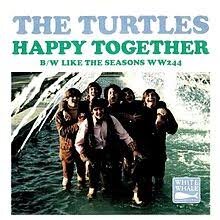
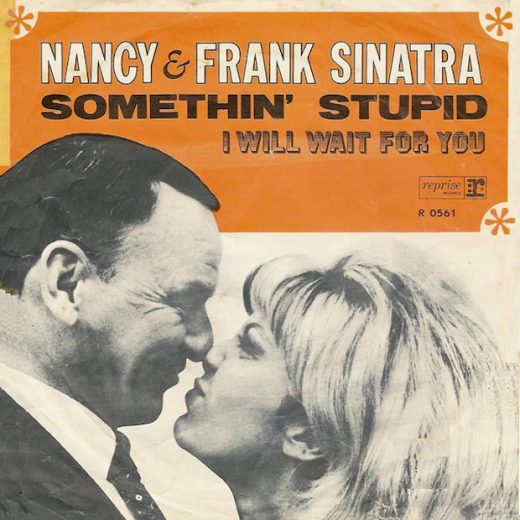
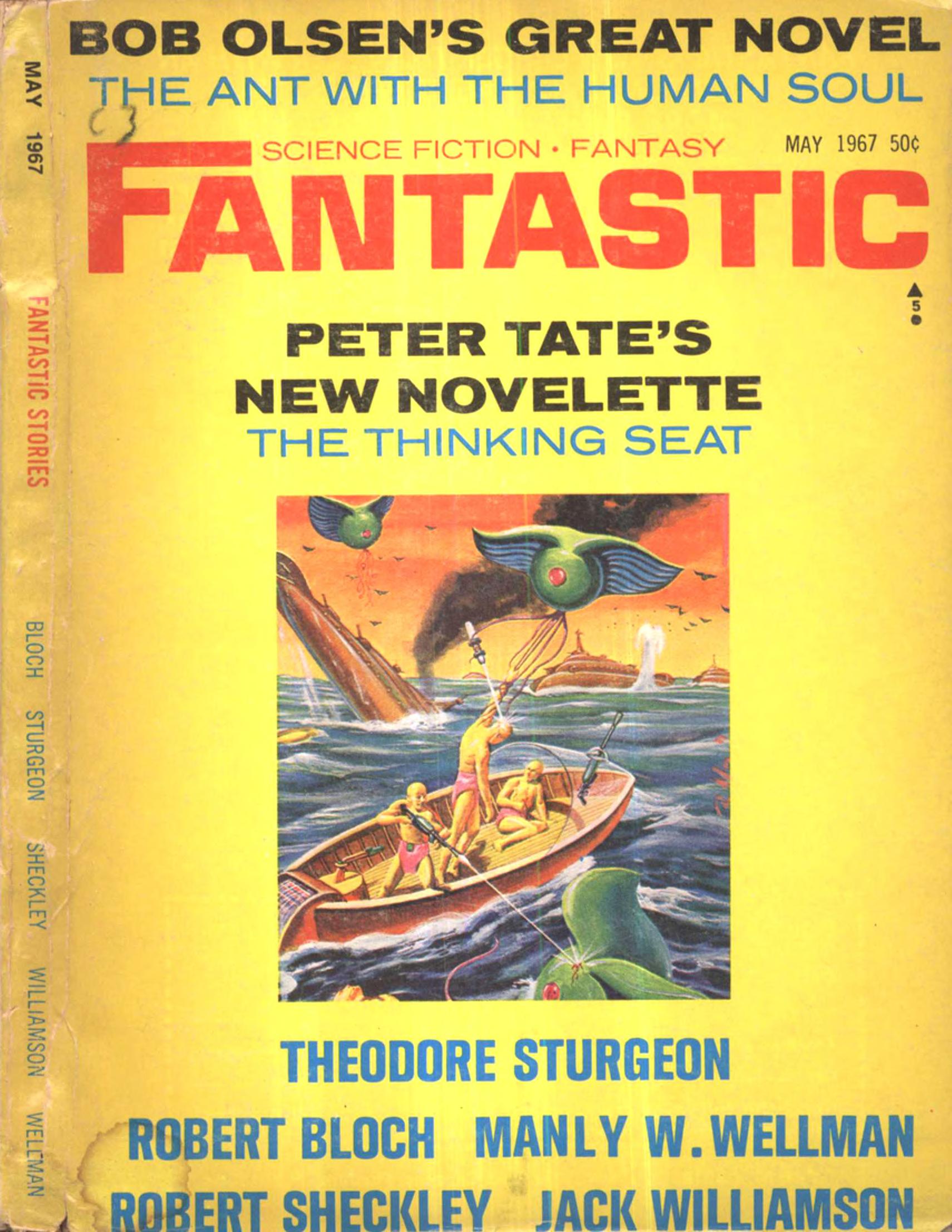
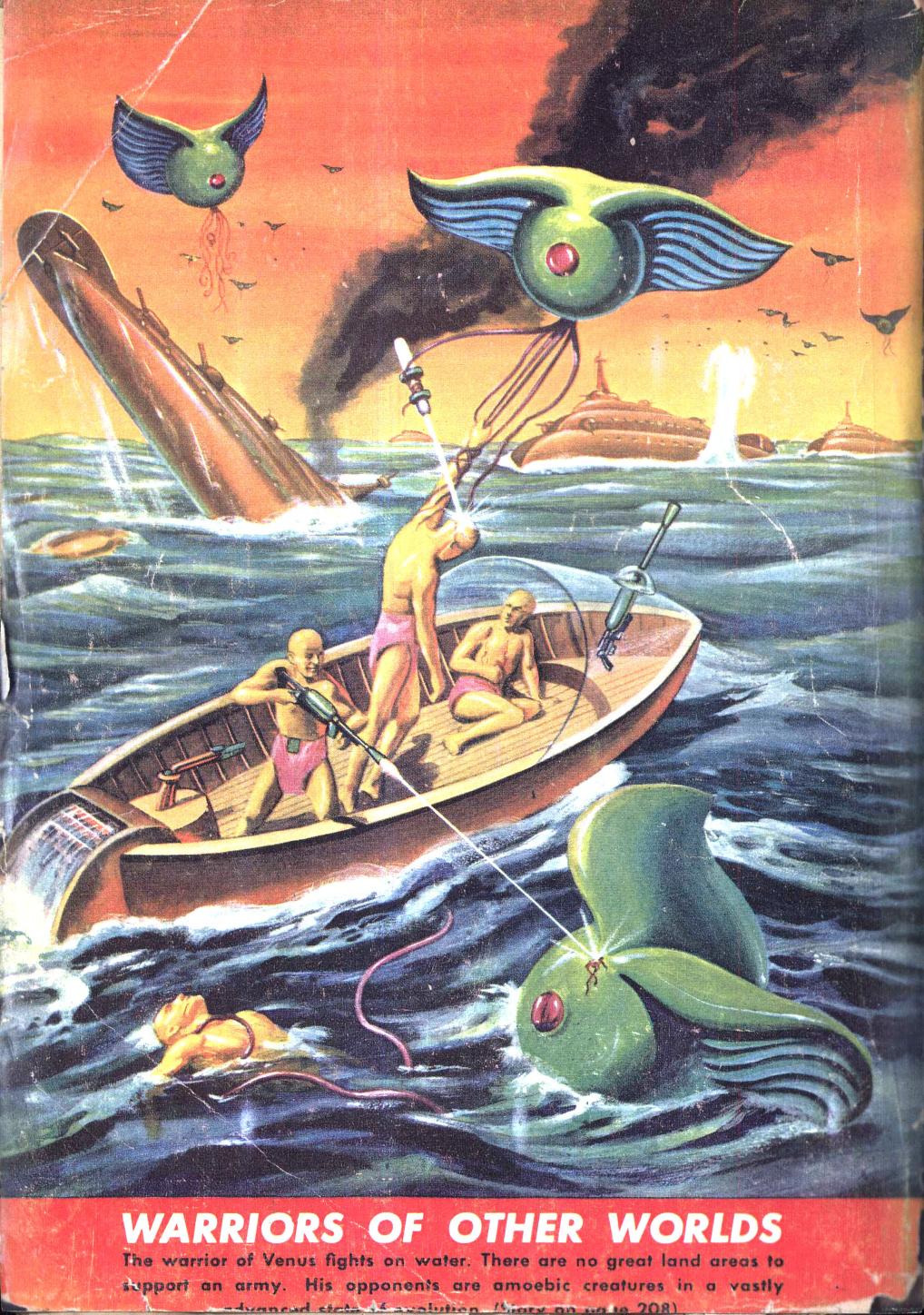

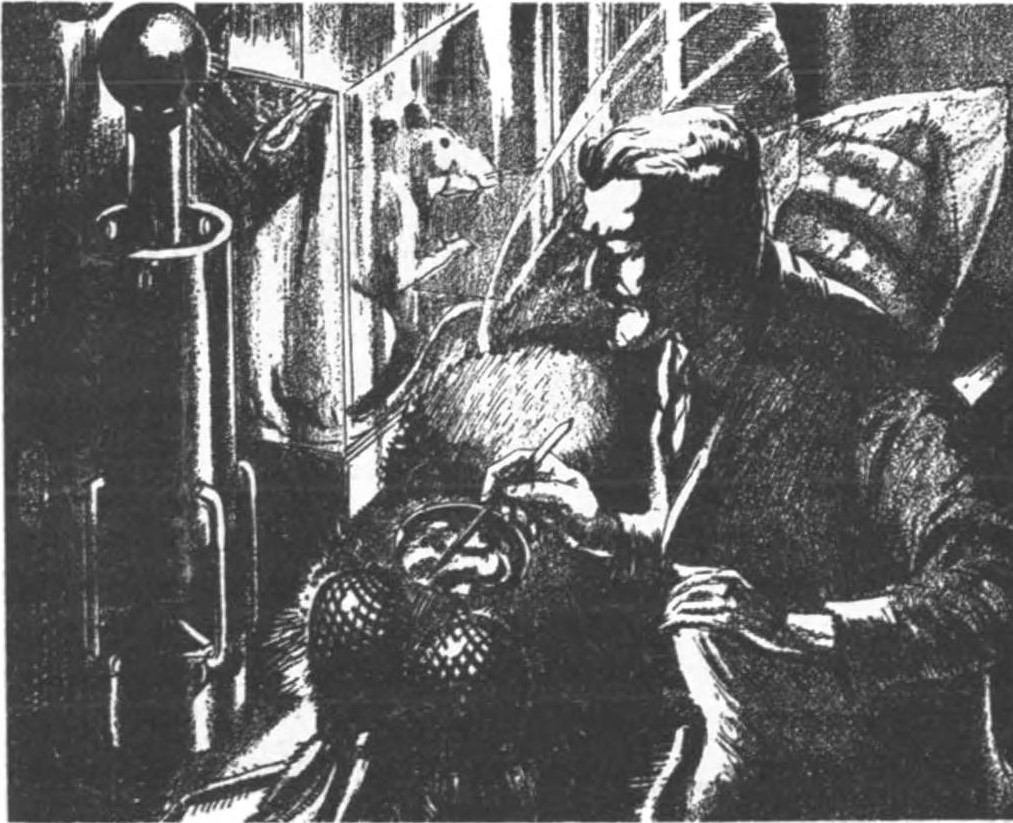
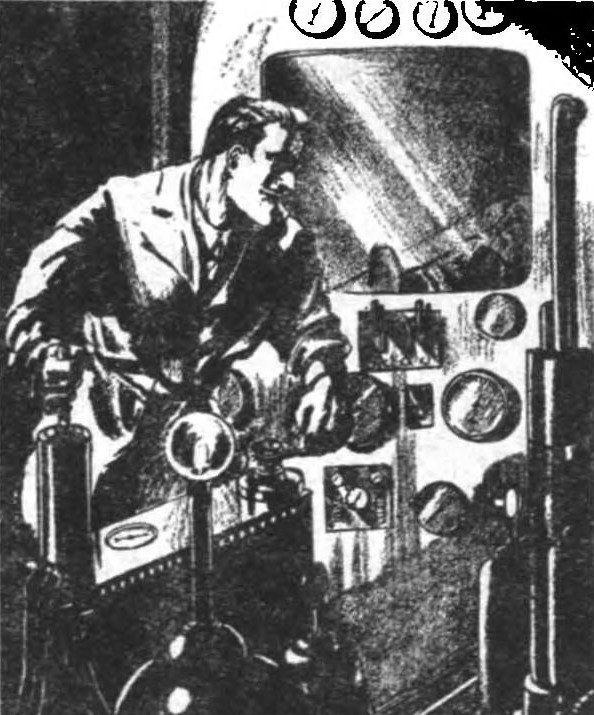
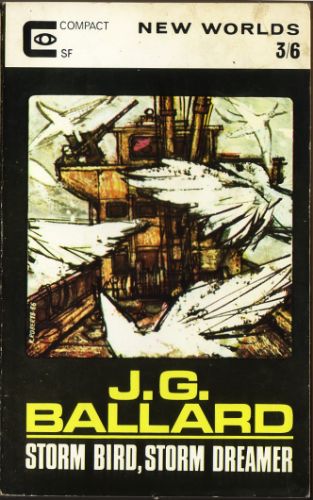
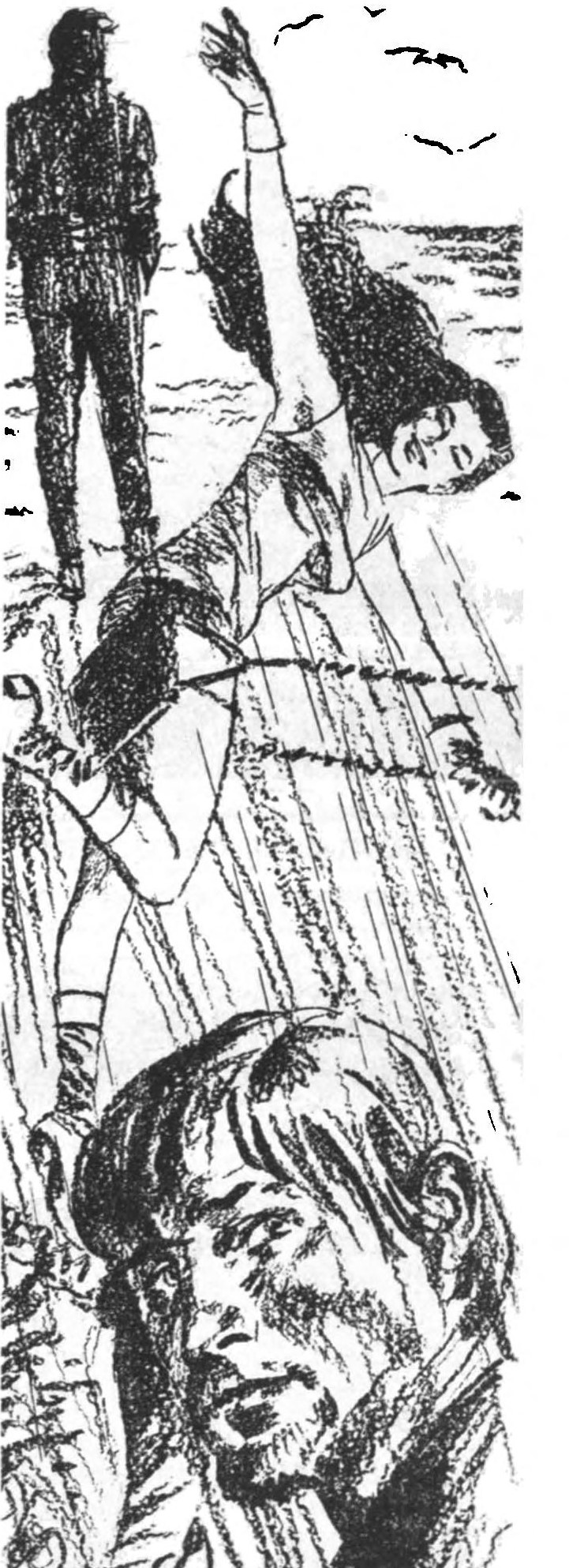



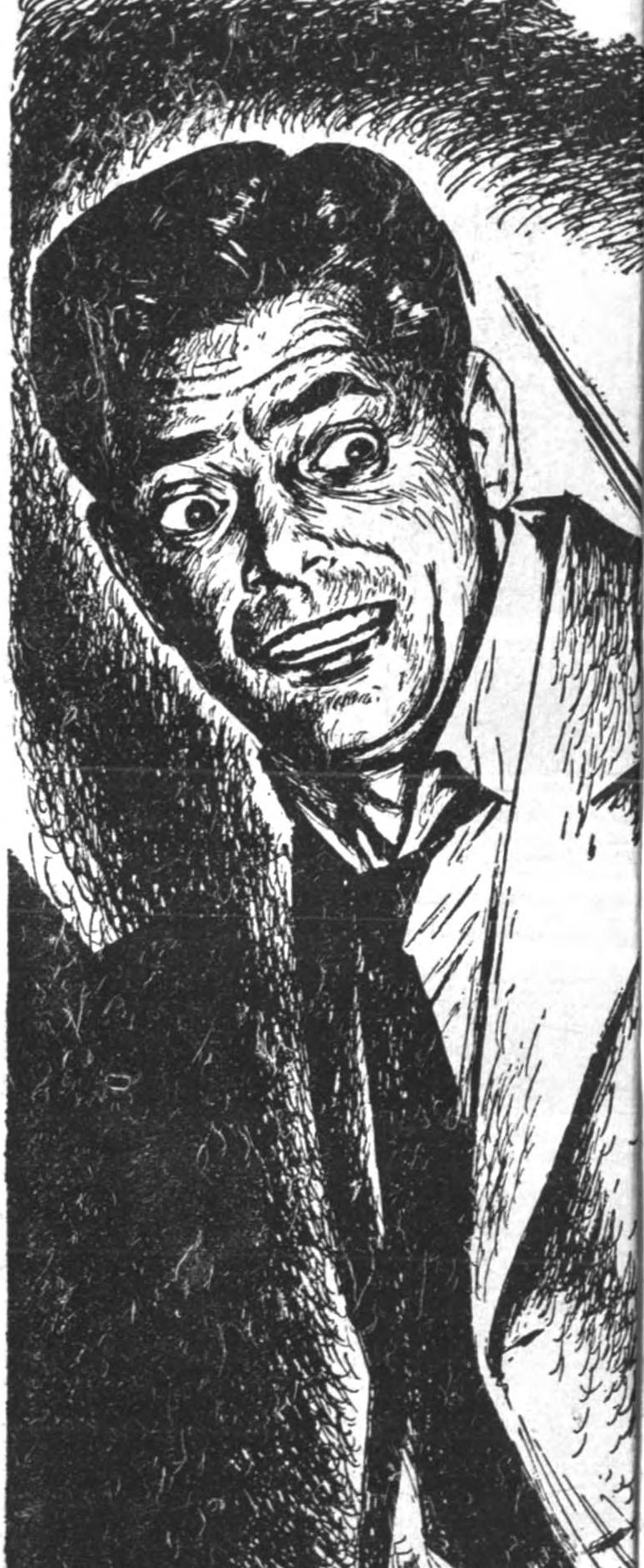

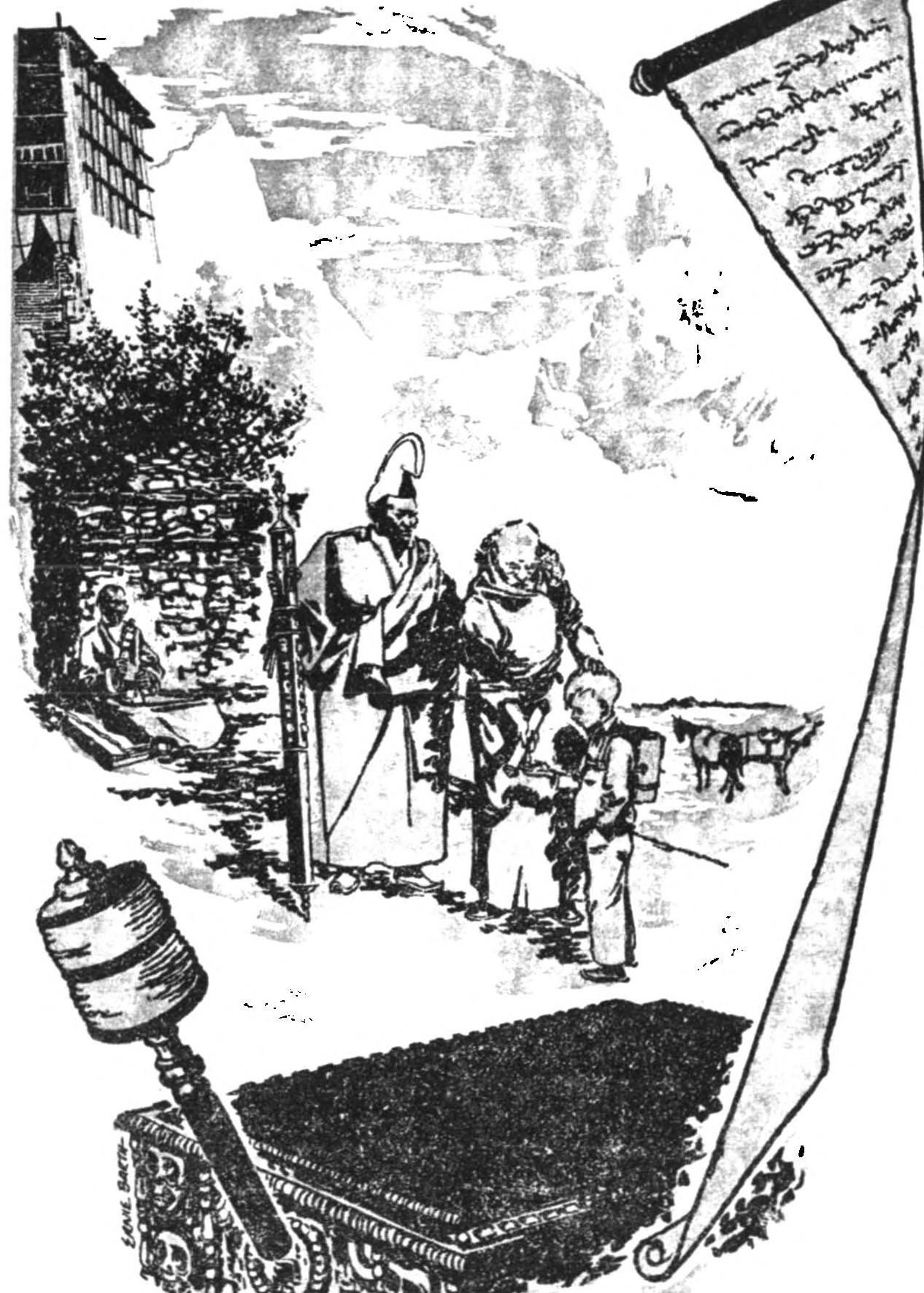
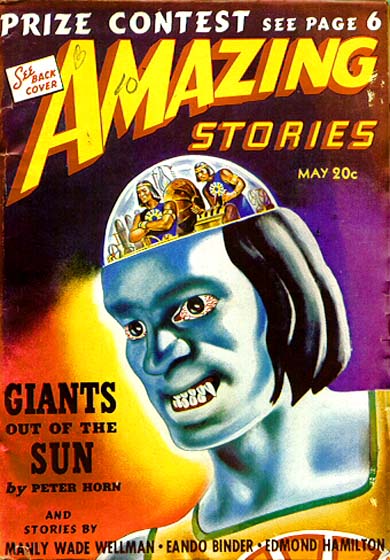


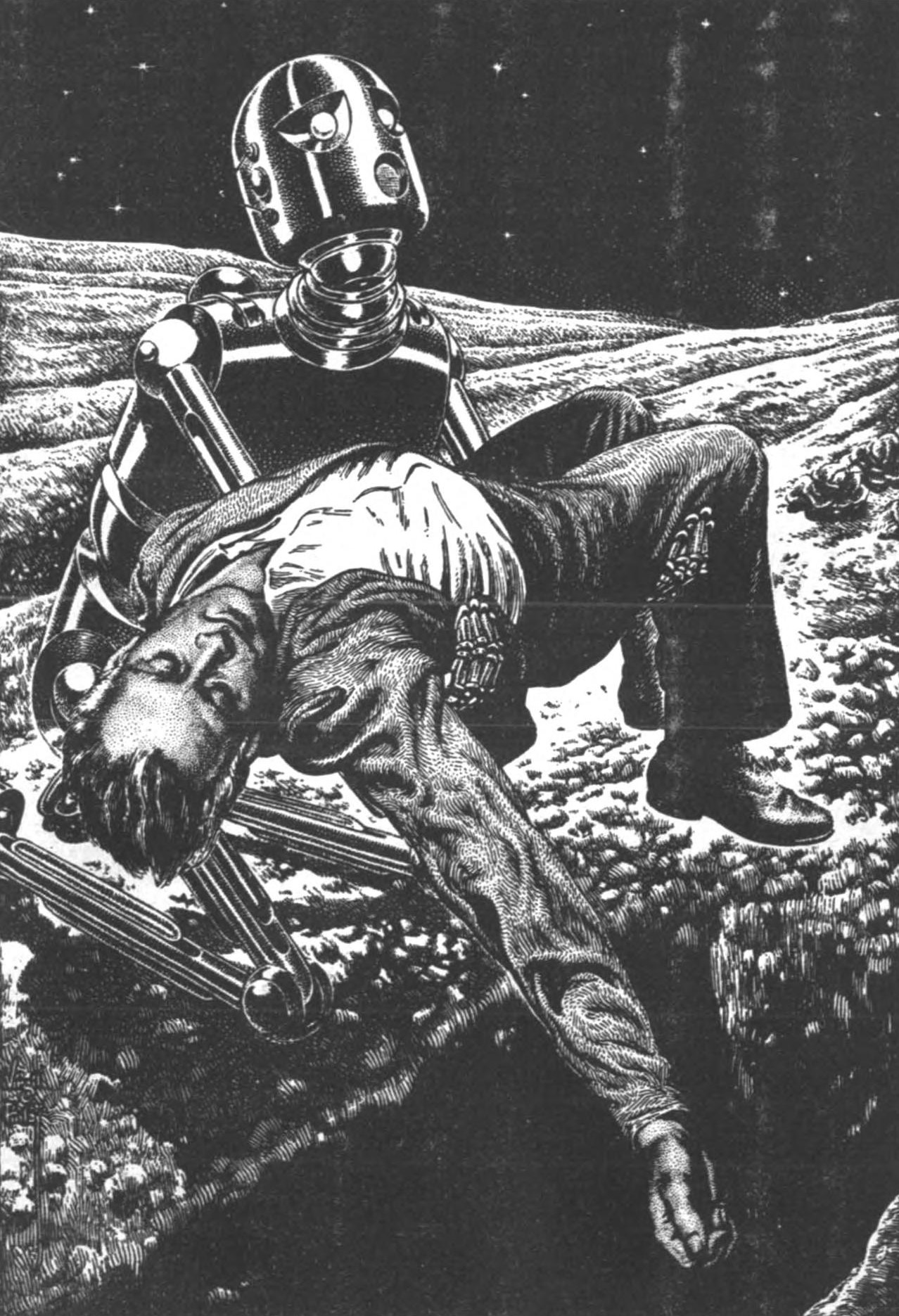

![[April 14, 1967] Earth, Air, Fire, and Water (April 1967 Galactoscope)](https://galacticjourney.org/wp-content/uploads/2022/04/670414covers-672x372.jpg)




![[April 12, 1967] We'll take Manhattan (<i>Star Trek</i>: "The City on the Edge of Forever")](https://galacticjourney.org/wp-content/uploads/2022/04/670412title-672x372.jpg)


![[April 10, 1967] A Queer Dream (the CBS "documentary" <i>The Homosexuals</i>)](https://galacticjourney.org/wp-content/uploads/2022/04/670410homosexuals-672x372.jpg)
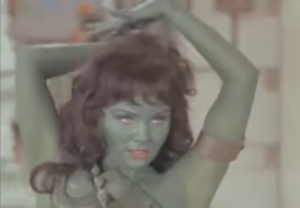
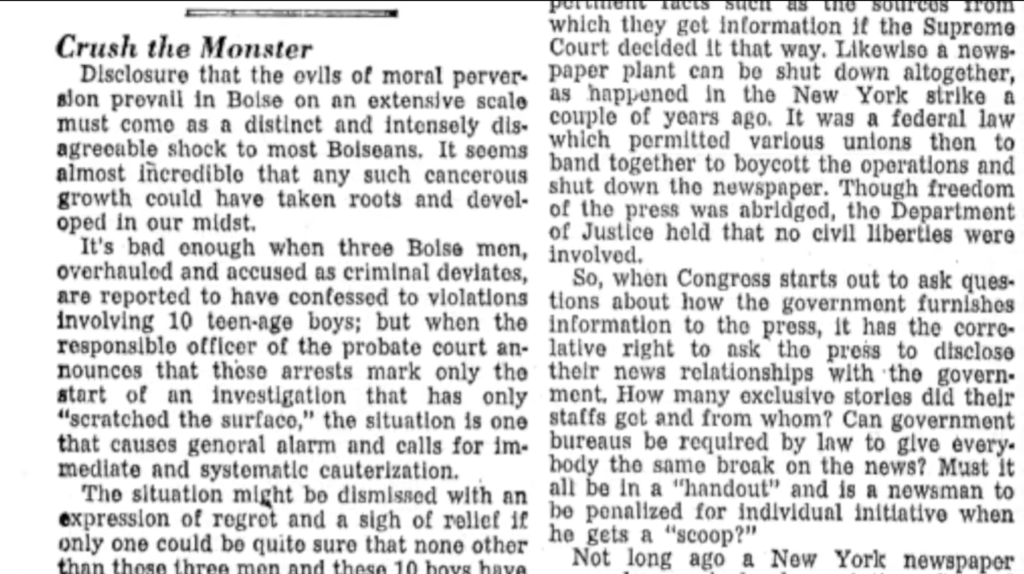
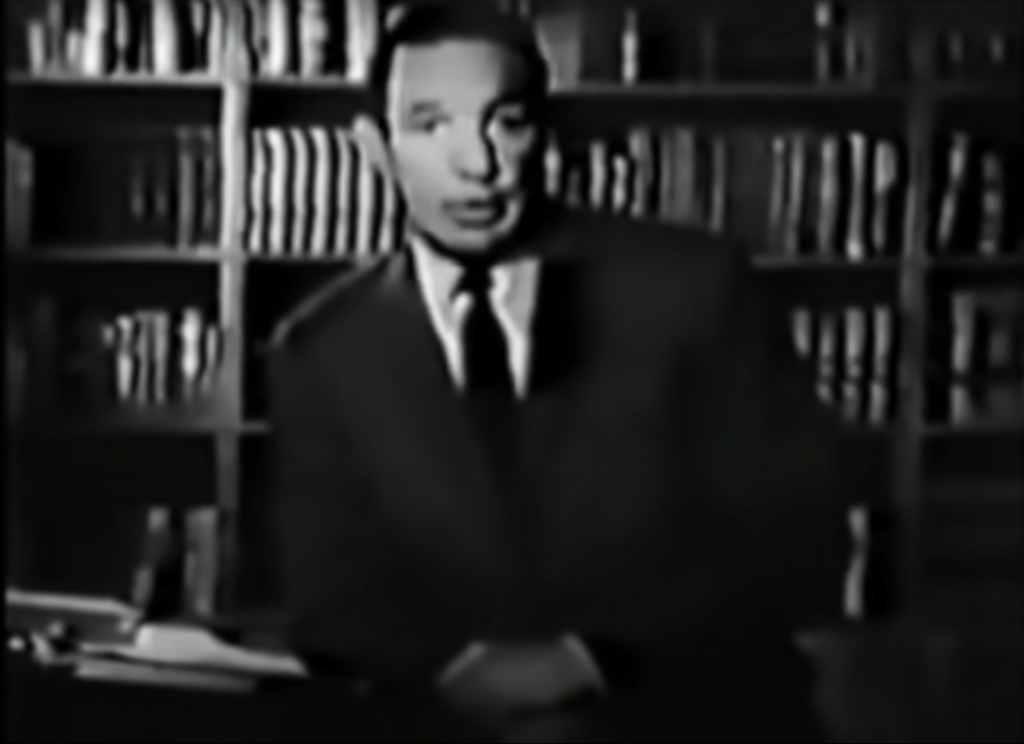
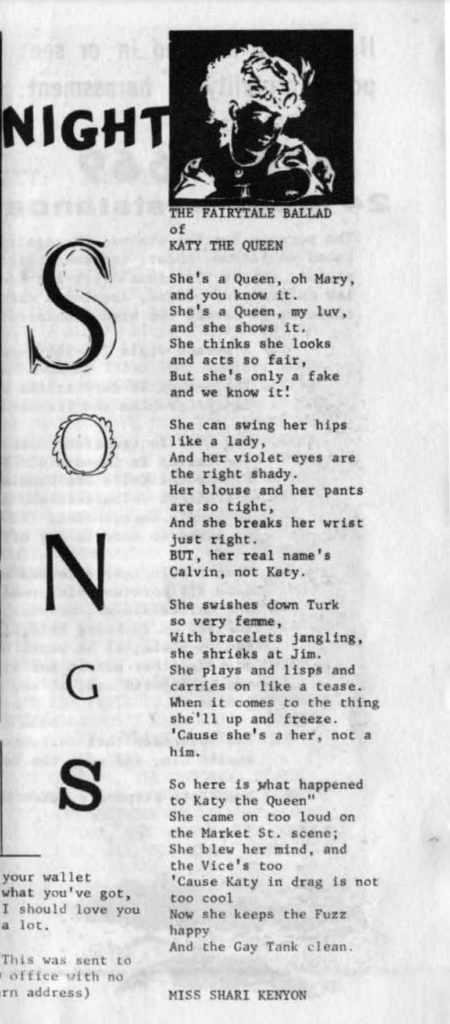

![[April 8, 1967] Swan Songs (May 1967 <i>Worlds of Tomorrow</i>)](https://galacticjourney.org/wp-content/uploads/2022/03/Worlds_of_Tomorrow_v04n04_1967-05_0000-2-672x372.jpg)
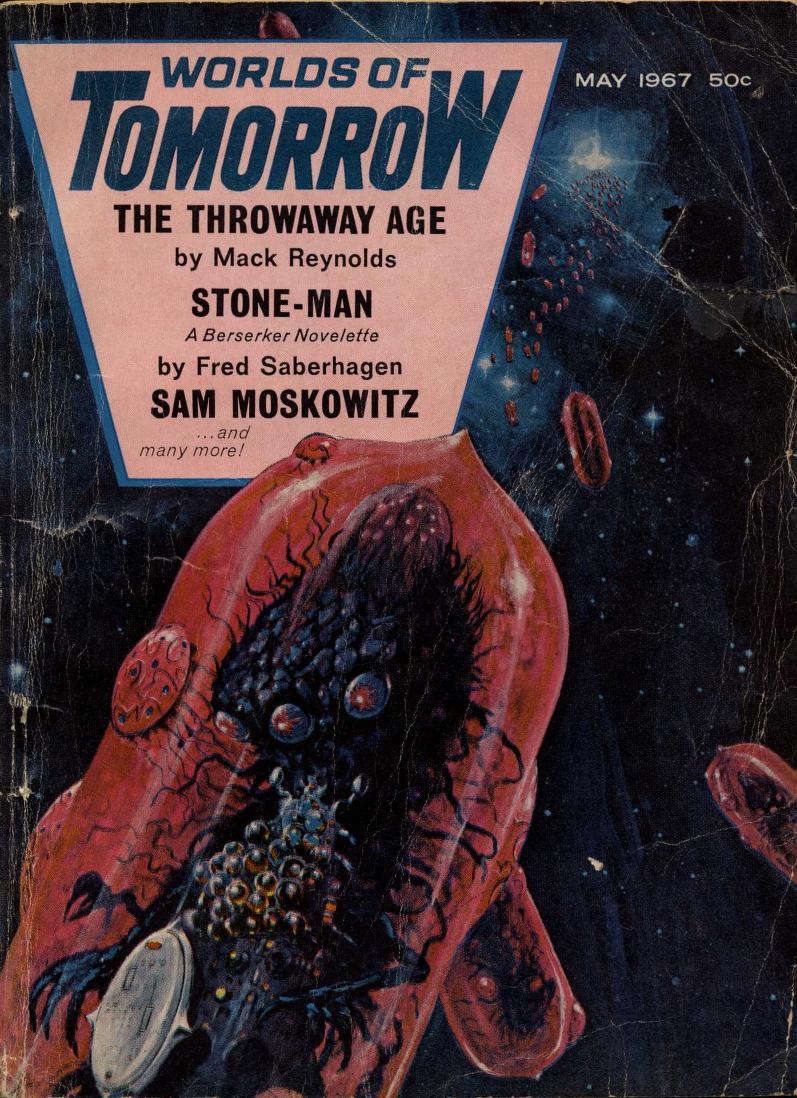


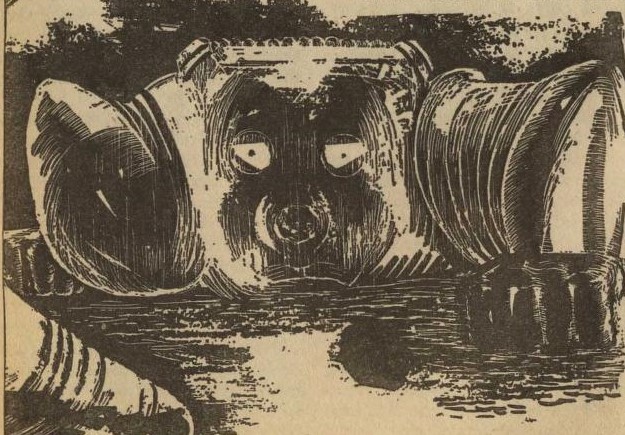
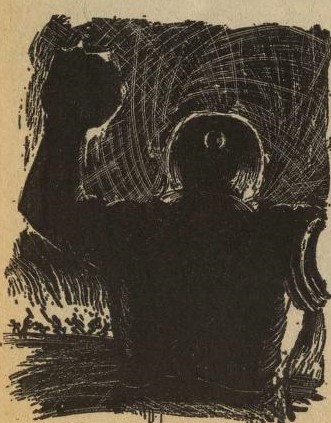

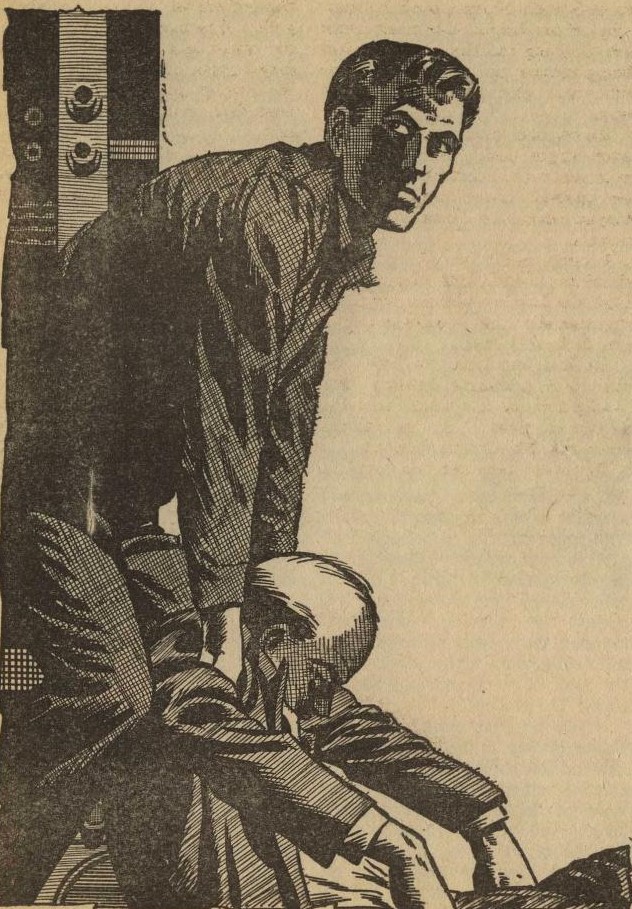
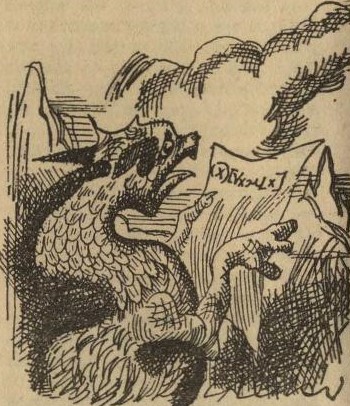

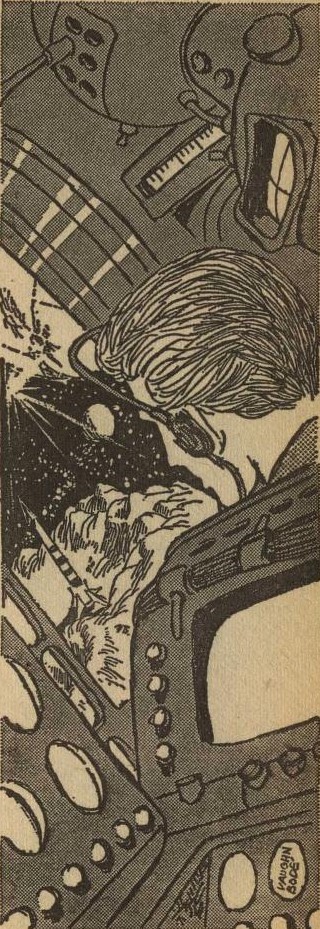
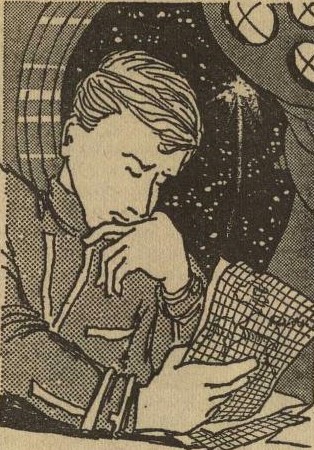


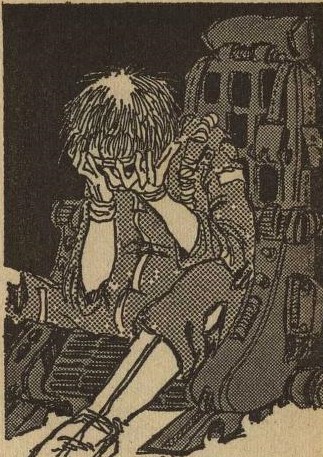



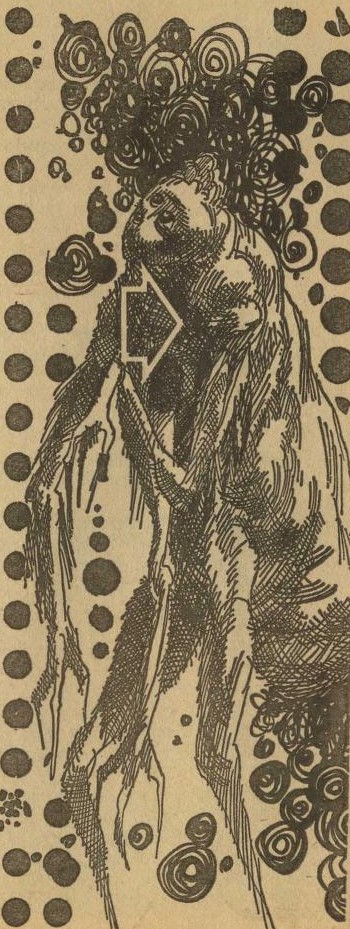
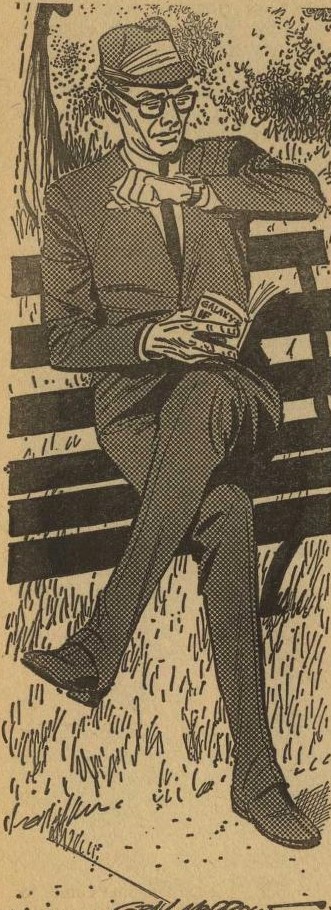

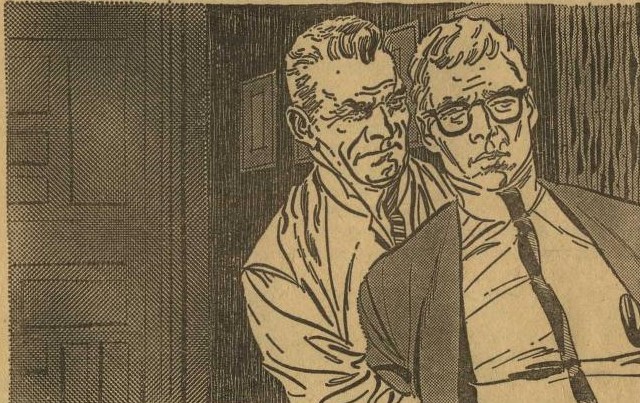



![[April 6, 1967] But what of <i>Star Trek</i>? ("The Alternative Factor")](https://galacticjourney.org/wp-content/uploads/2022/04/670406title-672x372.jpg)
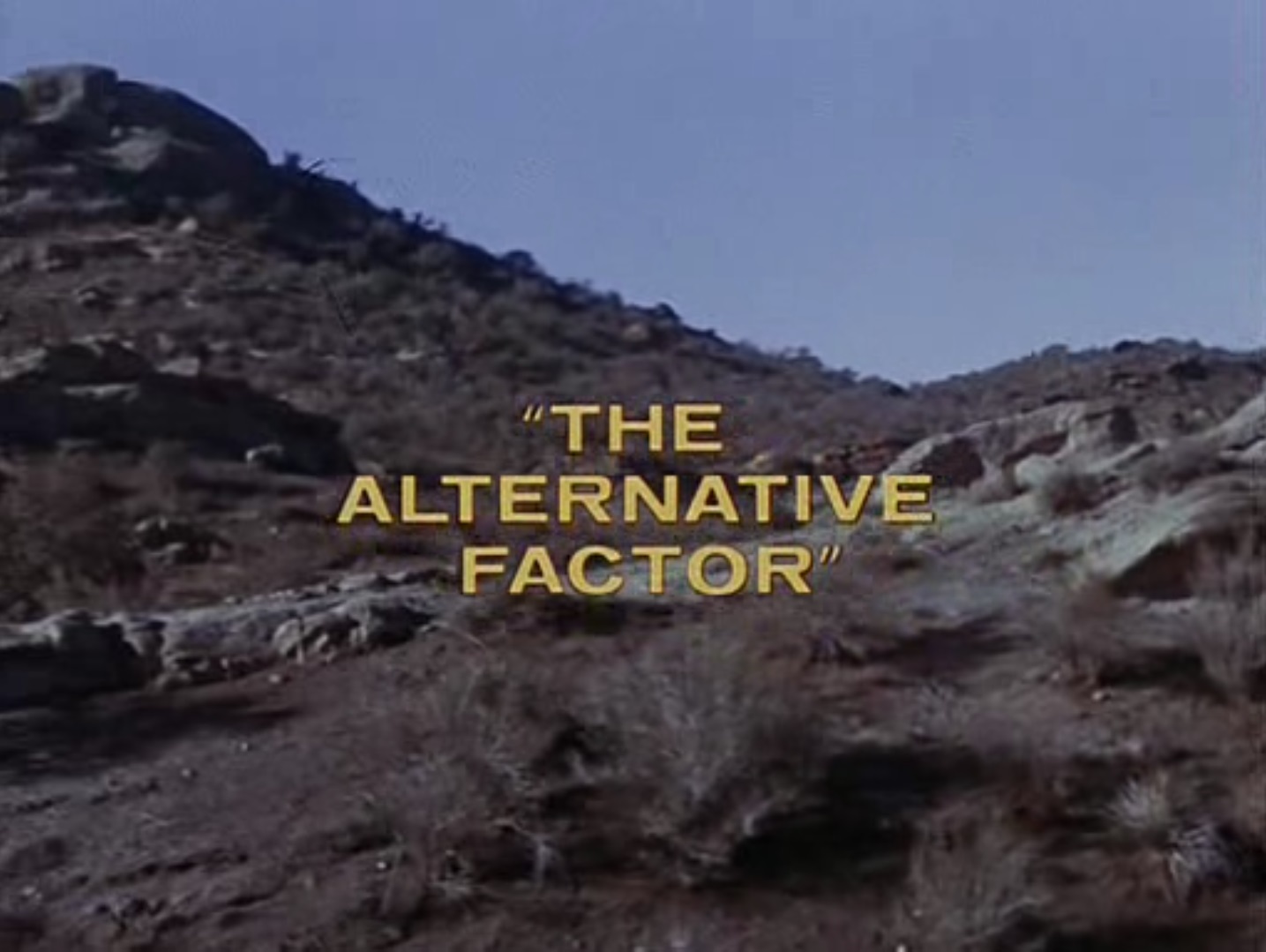
![[April 4, 1967] Transitions (May 1967 <i>IF</i>)](https://galacticjourney.org/wp-content/uploads/2022/03/IF-Cover-1967-05-672x372.jpg)


 What are these robots up to? Art by Gaughan
What are these robots up to? Art by Gaughan![[April 2, 1967] On The Immortality Of The Crab (<i>Doctor Who</i>: The Macra Terror)](https://galacticjourney.org/wp-content/uploads/2022/04/660402aaaa-672x372.jpg)


![[March 30, 1967] The Peacekeepers (<i>Star Trek</i>: "Errand of Mercy")](https://galacticjourney.org/wp-content/uploads/2022/03/670330title-672x372.jpg)











